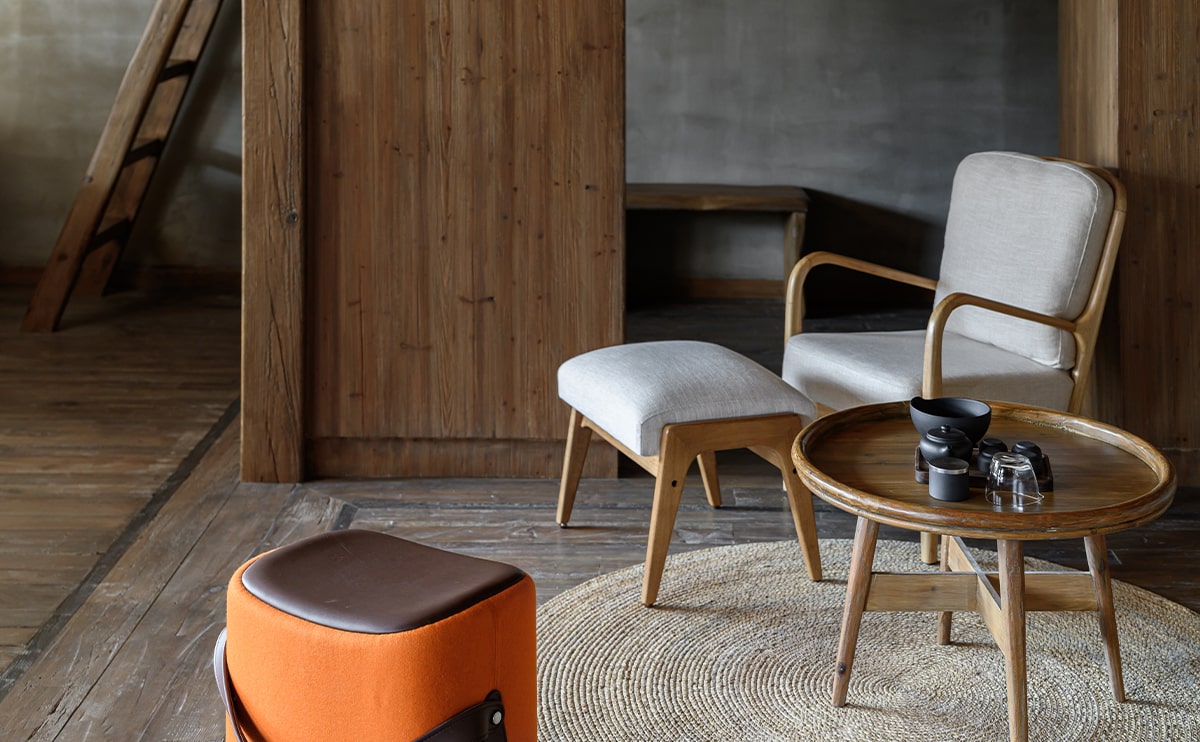Choosing a sofa is more than just picking a piece of furniture—it’s about selecting a central piece that defines your living space, supports your lifestyle, and complements your home’s design. Your sofa is where you’ll relax after a long day, entertain guests, and maybe even nap on a lazy Sunday. With so many styles, materials, and sizes available, choosing the right sofa can feel overwhelming. This guide will help you make an informed, confident decision.
1. Understand Your Needs
Before diving into styles and fabrics, take a moment to consider how your sofa will be used. Ask yourself:
- Is it for a formal living room or a casual family area?
- Will it be used daily or occasionally?
- Do you have children or pets?
- Do you frequently host guests?
Knowing your lifestyle needs will guide your choices in fabric, size, and structure.
2. Measure Your Space
A sofa should fit comfortably in your living room without overwhelming the space. Take accurate measurements of:
- The wall where you plan to place it
- Doorways and hallways (to ensure it fits during delivery)
- Clearance space around the sofa for walking or other furniture
Tip: Use masking tape on the floor to outline the dimensions of the sofa. This visual trick can help you better understand how much space it will occupy.
3. Choose the Right Size and Shape
Sofas come in various sizes and configurations:
Common Types:
- Loveseat (2-seater): Ideal for small spaces or as a secondary seating option.
- Standard Sofa (3-seater): A popular choice for most living rooms.
- Sectional Sofa: Offers flexible seating and suits large families or open spaces.
- Sleeper Sofa: Great for homes that need extra sleeping space for guests.
- Chaise or L-shaped Sofa: Perfect for lounging or corner placement.
Think about your room’s layout and flow. If space is limited, a loveseat or slim-profile sofa might work best. For large, open-concept rooms, a sectional can anchor the space beautifully.
4. Pick the Perfect Style
Your sofa should complement your interior style. Here are a few popular sofa styles:
- Mid-Century Modern: Clean lines, wooden legs, minimalist aesthetic.
- Contemporary: Soft curves, smooth fabrics, and a modern look.
- Traditional: Rolled arms, tufted backs, and plush cushions.
- Scandinavian: Sleek, simple, and functional with light colors and natural materials.
- Industrial: Features like exposed legs, leather, or metal frames.
Choose a style that matches or enhances your home’s overall theme. Pinterest or interior design websites can provide great visual inspiration.
5. Select Durable and Comfortable Materials
When it comes to sofas, fabric matters—a lot. Consider durability, comfort, and ease of cleaning:
Popular Upholstery Options:
- Cotton or Linen: Breathable and soft, but may stain easily.
- Polyester or Microfiber: Durable, stain-resistant, and pet-friendly.
- Leather: Luxurious and long-lasting but can be expensive and requires maintenance.
- Velvet: Elegant and plush, though it may show wear over time.
If you have pets or kids, go for darker tones or fabrics that are easy to clean and resist stains.
6. Check Frame and Construction Quality
A good sofa isn’t just about looks—it should also last for years. High-quality construction includes:
- Solid wood frame (avoid softwoods like pine for longevity)
- Reinforced joints (look for screwed, glued, and dowelled joints)
- Eight-way hand-tied springs or sinuous springs for balanced support
- High-resilience foam cushions for comfort and durability
Ask about the manufacturer’s warranty—reputable brands usually offer a frame warranty of 5–15 years.
7. Cushion Comfort and Seating Depth
Your comfort depends heavily on the cushions and how the sofa supports your body. Things to consider:
- Seat depth: Shallow seats (20–22 inches) suit upright sitting; deeper seats (24–26 inches or more) are great for lounging.
- Back height: A higher back provides better neck support.
- Cushion filling:
- Foam: Firm and holds shape well.
- Feather-filled: Soft and luxurious but needs regular fluffing.
- Foam and fiber blend: Offers both comfort and structure.
Test out a few sofas in person if possible—what looks good online might not feel right in real life.
8. Color and Pattern Choices
Your sofa’s color can set the tone of the entire room.
- Neutral tones (gray, beige, taupe) are versatile and timeless.
- Bold colors (navy, emerald, mustard) add personality and work as focal points.
- Patterns like florals or stripes can be striking but may limit decor flexibility.
If you’re worried about changing tastes, stick to a neutral sofa and use colorful pillows or throws to spice things up.
9. Think About Maintenance
Maintenance is key to the longevity of your sofa:
- Removable cushion covers are easier to clean.
- Scotchguard or stain-resistant treatments can help protect fabric.
- Regular vacuuming keeps dust and debris from settling into the upholstery.
- Leather should be cleaned with proper conditioners to avoid cracking.
If you want low-maintenance furniture, opt for synthetic fabrics or dark, textured materials that hide wear.
10. Set a Realistic Budget
Sofas range in price from budget-friendly to luxury. Setting a budget helps narrow your choices without getting overwhelmed.
Approximate price ranges:
- Budget ($300–$800): Mass-market brands, basic construction.
- Mid-range ($800–$2000): Better materials, more design variety.
- High-end ($2000+): Designer brands, custom-made options, superior construction.
It’s worth investing in a quality sofa that offers comfort and durability—after all, it’s something you’ll use daily.
11. Try Before You Buy
If possible, visit a showroom and test the sofa:
- Sit for at least 10–15 minutes.
- Check cushion firmness, back support, and armrest height.
- Note the feel of the fabric and inspect the stitching.
Online shopping is convenient, but physical testing gives you a better sense of what you’re getting.
12. Read Reviews and Return Policies
Before making the final purchase, check:
- Customer reviews for comfort, durability, and after-sales service.
- Return and warranty policies, especially for online purchases.
- Delivery charges or assembly fees if not included.
Always ask if the sofa comes with a trial period or satisfaction guarantee.
Final Thoughts
A sofa is a long-term investment in your comfort and style. By considering your space, lifestyle, and design preferences, you can confidently choose the perfect piece. Don’t rush—take your time, explore your options, and prioritize both form and function. When chosen wisely, the right sofa can transform your living room into a cozy, stylish sanctuary for years to come.

